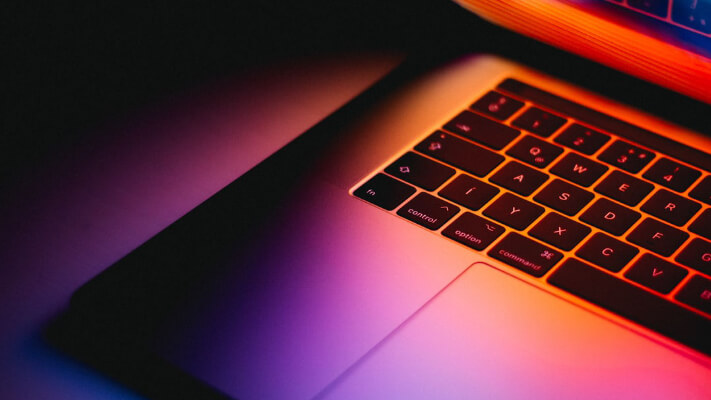Technically, the word connectivity can refer to any connection between people or things. However, today the word is almost always used to refer to online connectivity, that invisible world of the internet that keeps everyone connected to everyone else through social media, email, and millions of websites, as well as connections between branches of a same company, either point to point, or point to multipoint. That connectivity online is made possible through the fiber optic network that stretches across not just Latin America or the U.S., but the entire world.
Data Connectivity and Capacity of the Fiber Optic Network
Mono-mode fibers are used for almost all communication links that are longer than 1,000 meters, or 3,300 feet, known as the fiber-optic network. Fiber-optic lines are strands of glass and coated with a plastic layer that are about as thin and fine as a strand of human hair. These tiny lines are capable of carrying digital information all around the world. Because they are made with glass, fiber optic cables are clear. They’re also highly flexible but at the same time very delicate because they are so thin. This is why fiber optic strands are encased in protective cables. This makes it less likely that the telecommunications company responsible for placing and maintaining the fiber optic network will have to come out to make repairs on broken lines that are affecting connectivity. A single break in a fiber optic strand can greatly reduce data connectivity and capacity along any fiber-optic network.
Nevertheless, these tiny, fiber optic strands are capable of carrying huge amounts of data at incredibly fast speeds. That’s why when you hit the “enter” key on an internet search, you get the results immediately. All that data you entered traveled along the fiber-optic network and brought the information back to your computer or device faster than you can even blink your eyes. That’s pretty amazing! When you think about what it takes to power the connectivity that everyone now enjoys thanks to the internet, it’s really pretty mind-blowing.
The fiber capacity of each of those strands is almost impossible to understand. Suffice it to say that a whole lot of data can be transmitted along a single fiber optic cable at lightning-quick speeds that make it possible for you to type out a tweet, click a button, and watch those words appear instantly on your feed. This is how instant connectivity is possible. It’s how you’re able to text, video chat, and even talk on the phone with your friends in real-time. They get the information instantly so there is almost no delay whatsoever between you speaking and them hearing…unless, of course, the data gets slowed down.
Anyone who has ever watched videos on YouTube knows that connectivity isn’t so perfect and so quick all the time. Everyone has seen that little spinning wheel that makes everything stop. But why does this glitch in connectivity happen?
When Connectivity Slows Down
There are many reasons why your video may be buffering or your download may have failed or your friend doesn’t get your text until two whole minutes have gone by. Sometimes, too much data is attempting to travel along the network at once. This is usually the case if you have a large download or multiple downloads happening at once. This can also happen during peak times when many people are online and using the same fiber-optic network to transmit data at the same time. This means that you have reached the moment where it is recommended to upgrade the speed and increase the amount of Mbps that you have contracted.
Sometimes, there are issues along the fiber-optic network. Despite all the precautions that are taken when optic fiber cables are being placed, things can still happen that damage or destroy the fiber optics that power connectivity around the world. Earthquakes and other natural disasters may have damaged some parts of the network, which puts additional strain on another part of the network. This can slow down your connectivity and make your YouTube video freeze.
Companies that specialize in telecommunications often act very quickly to repair the damage that can slow down connectivity. Pause any downloads or streams that are currently happening so you aren’t overloading the system. And if there is a break or a problem with the network, just wait. Chances are, the problem will be repaired very quickly and your connectivity will be restored.

